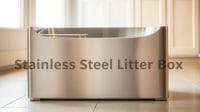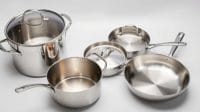Curious: can a single alloy beat corrosion, cut maintenance, and still be mostly recycled? I ask that because the answer ties chemistry to real savings and long life.
I break down the composition and show how iron pairs with chromium and select alloying metals to form a corrosion‑resistant metal with a self‑healing surface. When chromium reaches about 10.5–11%, a passive chromium oxide film forms and protects the surface in oxygen.
I explain how composition is set early in manufacturing — often from electric arc furnace melts with recycled feed, refined by AOD or VOD, then hot and cold worked, annealed, and pickled. I preview families like austenitic, ferritic, martensitic, duplex, and PH and link composition to performance, cost, and sustainability.
For a quick deep dive on magnetic behavior and related traits, see my short guide at magnetic properties explained. My aim: give you a clear, practical framework so you can judge material choices fast and with confidence.
Why Composition Matters When I Talk About Stainless Steel
My aim here is to show why tiny changes in chemistry make big differences in field performance. With about 10.5% chromium the alloy forms a passive chromium oxide film that heals when scratched. That film gives corrosion resistance in many common environments and reduces maintenance in service.
I also look at how elemental choices set ductility, hardness, and toughness. These mechanical properties let parts form, bend, and hold up at low and high temperatures. Good surface finish and easy cleaning follow from the same chemistry that aids hygienic use in food and medical sectors.
- Composition creates a self‑repairing surface that eases daily wear and upkeep.
- Higher alloy content can boost resistance to aggressive media but may raise cost and reduce formability.
- Knowing chemistry guides welding, post‑weld cleaning, and finish choices to protect long‑term performance.
I use these principles to match grades to applications so you get the right balance of performance, safety, and life‑cycle value.
What is Stainless Steel Composed Of
I start with the metal’s backbone: an iron matrix with carefully controlled carbon levels that set strength and weldability.
Core matrix: iron plus controlled carbon content
I rely on an iron foundation as the primary matrix. Controlled carbon content adjusts hardness and tensile strength while limiting carbide formation that harms corrosion behavior during welding.
Chromium content and the self-healing oxide layer
Chromium content is the defining trait. Above about 10.5–11% chromium, a thin chromium oxide film forms and quickly regenerates in oxygen, giving long-term corrosion resistance and a protective surface.

Common alloying elements
Nickel stabilizes austenite, improving toughness and formability. Molybdenum boosts resistance to pitting and crevice attack. Manganese and nitrogen act as economical austenite stabilizers and raise strength.
Typical composition ranges across grades
In practice, 300-series often carry 16–21% chromium with significant nickel and sometimes molybdenum. 200-series use chromium plus manganese and low nickel. Ferritic grades run 10.5–30% chromium with little nickel. Martensitic types keep chromium moderate and raise carbon for hardness. Duplex alloys blend ~21–26% chromium with modest nickel and extra molybdenum for higher strength and resistance.
- Composition maps to properties: more chromium and molybdenum = better corrosion resistance.
- Nickel or nitrogen: better toughness and formability.
- Controlled carbon content: avoids weld zone weakening.
How Chromium Creates Corrosion Resistance
I focus on the chemistry that gives parts lasting protection in air and water.
Chromium reacts with oxygen to form an ultra-thin chromium oxide skin on the metal surface. At a minimum chromium content near 10.5%, this oxide layer forms naturally and blocks further corrosive attack. The film is continuous and highly adherent, which anchors the alloy’s corrosion resistance in many settings.

Passive film formation
The passive film forms in seconds when oxygen is available. It stops iron from reacting and creates a barrier that keeps the bulk metal intact.
Rapid regeneration with oxygen and moisture
If the surface is scratched, the oxide layer repairs itself quickly in the presence of oxygen and moisture. That dynamic repair is central to long service life and low maintenance.
Alloy additions that boost localized resistance
Molybdenum strengthens the oxide in chloride-rich environments and reduces pitting. Nitrogen raises strength and helps resist localized attack, while nickel supports austenitic structure and toughness in many media.
- Limits: low-oxygen, stagnant, or highly acidic environments can challenge the film.
- Fabrication: post-weld pickling and passivation restore the protective oxide layer after heat or contamination.
- Tip: proper surface care and grade selection preserve long-term resistance.
For guidance on rust and long-term upkeep, see my note on stainless steel and rust.
The Role of Carbon, Nickel, and Other Alloying Elements
I map how carbon and selected elements trade off hardness, ductility, and weldability for real parts.

Carbon: hardness, strength, and weldability trade-offs
I use carbon to raise hardness and tensile strength, but too much carbon can cause carbide precipitation during welding. Controlled carbon content protects weld zones and keeps mechanical properties predictable.
Production control matters: AOD and VOD let makers trim carbon to tight targets while preserving other alloy levels.
Nickel, manganese, and nitrogen choices
Nickel stabilizes austenite and improves toughness and ductility. Low nickel options rely on manganese and nitrogen to keep an austenitic structure and hold cost down.
Nitrogen also boosts yield strength and helps pitting resistance in advanced alloys.
Balancing composition, heat treatment, and cost
Martensitic and precipitation-hardening families pair composition with heat treatment to reach very high strength. Molybdenum is a targeted add when chloride-rich service threatens localized attack.
- Tip: small changes in alloy content shift forming, work hardening, and finishing needs.
- When to pick low nickel: choose it for budget-sensitive applications where manganese and nitrogen meet performance targets.
- For high lifecycle value: traditional Cr-Ni systems often balance durability and fabrication ease.
Families and Grades: How Composition Shapes Microstructure
I group common families by microstructure so you can see how element mixes and heat treatment produce different phase fields and performance profiles.
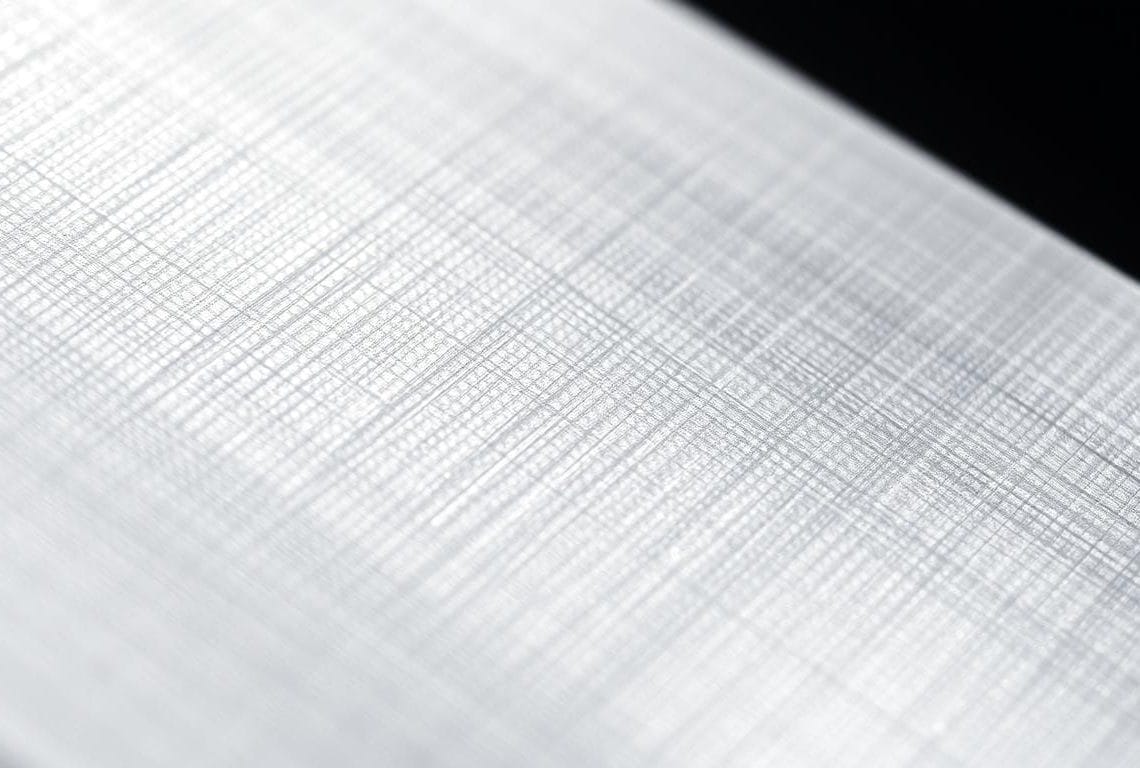
Austenitic (200/300 series)
Cr-Ni and Cr-Mn-N systems form a stable austenite phase. These grades, like 304 and 316, offer excellent formability, broad temperatures range, and strong corrosion resistance.
Ferritic
Ferritic stainless runs high chromium with low or zero nickel. They are magnetic, respond to cold work, and provide cost stability when low nickel content matters.
Martensitic
Higher carbon with chromium gives martensitic grades hardenability. After heat treatment they deliver wear resistance and high strength for tool and valve use.
Duplex
Duplex blends austenite and ferrite. The mixed microstructure gives roughly twice the yield strength of common austenitic grades and improved resistance to chloride stress corrosion cracking.
Precipitation hardening
PH alloys pair precise composition with heat treatment to form fine precipitates. The result: very high strength while keeping useful corrosion resistance.
- Range of properties: from work hardening austenitics to high-yield duplex and ultra-strong PH grades.
- Grade choices: match chromium, molybdenum, and nickel targets to service demands and temperatures.
- Tip: ferritic stainless steels reduce exposure to nickel volatility in cost-sensitive specs.
From Melt to Finish: Manufacturing Steps That Tune Composition
I walk the process line from furnace charge to finished coil, showing how each step locks chemistry and surface quality.

Melting and primary decarburization
I start in the electric arc furnace where recycled metals and fresh alloys join to form a homogeneous bath. Using up to ~60% recycled material supports sustainability while setting the base composition.
To reach target carbon content I describe Argon Oxygen Decarburization (AOD). The argon‑oxygen mix trims carbon but keeps costly alloying elements in the melt.
Vacuum refining and final chemistry control
For very low carbon and clean metal, I note Vacuum Oxygen Decarburization (VOD). Injecting oxygen under vacuum removes gases and permits tighter control of composition and temperature.
Forming, rolling, and heat treatment
The liquid is cast into slabs, billets, blooms, rods, or tubes for downstream work. Hot rolling sets gross geometry at elevated temperatures.
Cold rolling refines gauge and finish. That step often pairs with annealing or other heat treatment to restore ductility and set microstructure.
Surface prep, cutting, and finish
Descaling and pickling remove heat tint and mill scale so the chromium oxide passive layer can form cleanly in service.
- I cover cutting by knives, die shears, flame, and plasma—choices that limit distortion and protect surface quality.
- Finishes—etching, blasting, grinding, buffing, and polishing—tailor appearance and performance for end use.
- Final inspection and sampling confirm composition, temperature history, and heat treatment match the stainless steel alloy spec.
How Composition Drives Properties in Use
I link grade chemistry to field performance so you can spot where alloys gain or lose ground in real environments.
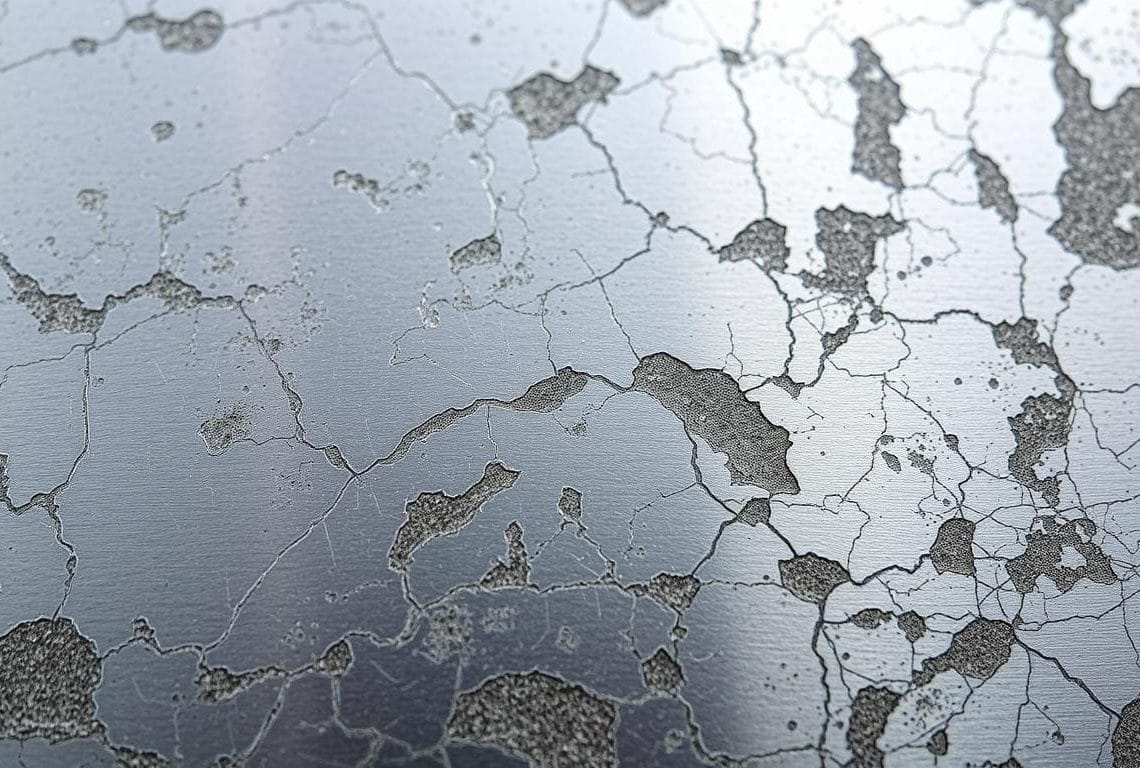
Corrosion resistance across environments
Chromium forms a thin oxide film that gives core protection. Adding molybdenum, nickel, and nitrogen tunes that resistance against chlorides, acids, and crevice attack.
For marine splash zones or chemical service, pick grades with higher molybdenum and nickel. For general atmospheric use, 304-family alloys balance cost and durable corrosion resistance.
Mechanical properties, hardness, and work hardening
Austenitic 304 has an annealed yield near 210 MPa and work hardens substantially with cold forming.
Precipitation hardening grades like 17-4 PH can reach yield strengths up to about 1,730 MPa after heat treatment. Martensitic types gain hardness through quench and temper cycles.
Magnetism: ferritic, martensitic, and austenitic behavior
Ferritic, martensitic, and duplex microstructures are magnetic because their crystal structures allow it. Austenitic alloys are normally non‑magnetic but may pick up slight magnetism after heavy cold work.
Fire resistance and temperature range
These metals keep form and strength at elevated temperatures and retain protective films well above 800°C in many cases. Choose grades that match your temperature range and thermal cycles for long life.
Cleanability and hygiene-critical applications
A smooth, descaled surface reduces biofilm and is easy to sanitize. That makes these alloys common in food, pharma, and medical settings where surface finish and finish maintenance matter.
- Match severity to composition: mild air exposure needs less alloying than marine or acid contact.
- Consider processing: heat treatment and cold work change hardness and magnetic response.
- Sustainability note: these metals also support recycling and long service life, lowering life‑cycle impact.
For guidance on long-term rust behavior and upkeep, see my note at can stainless steel rust.
Choosing a Stainless Steel Alloy for the Job
I start by matching environment severity to alloy choice so you avoid costly failures and rework. Select grades by balancing corrosion resistance, mechanical properties, and fabrication needs.
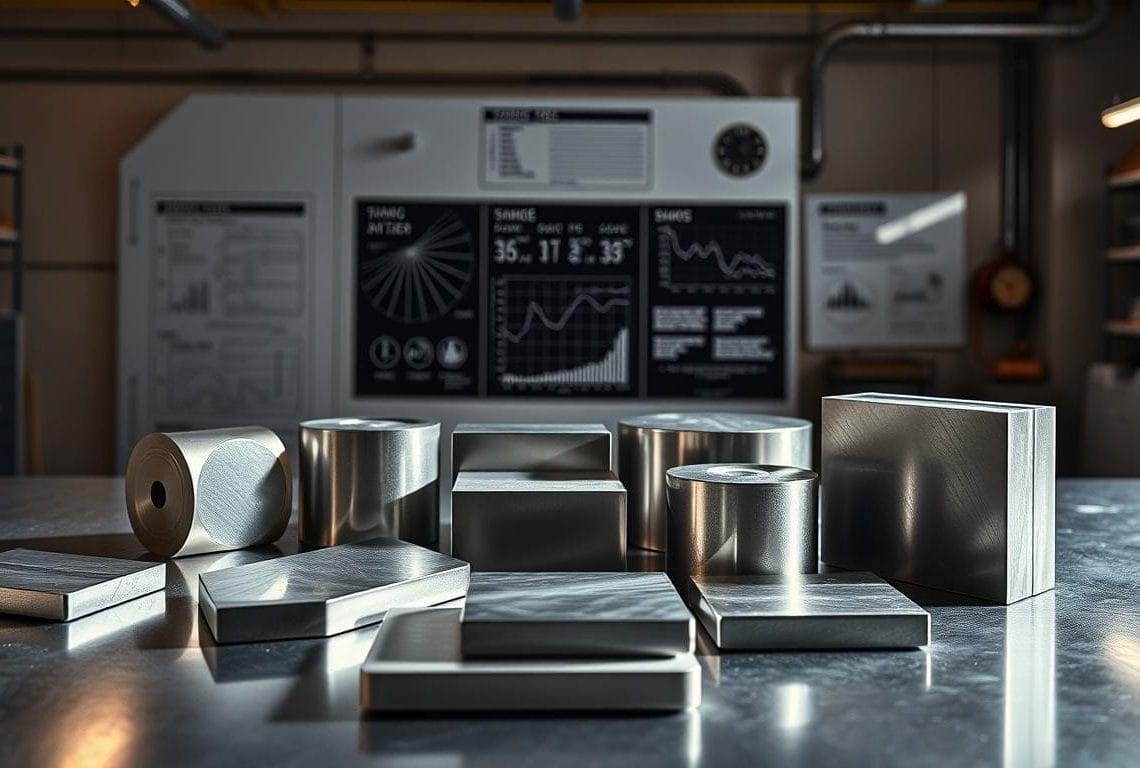
Matching chromium content and molybdenum to corrosive media
For chloride‑rich or acidic service, favor higher chromium content and added molybdenum. That combo raises pitting and crevice resistance and lowers long‑term maintenance.
When to consider low nickel or ferritic options
Choose low nickel content or ferritic grades when cost stability and magnetism matter and the environment is mild. Ferritics suit appliances, exhausts, and building components where formability demands are moderate.
Commonly used grades: 304/304L and 316/316L
I often recommend 304 or 304L (about 18% chromium, 8% nickel) for general service and good formability. For marine or chemical exposure, 316/316L adds molybdenum for stronger corrosion resistance in chlorides.
- Duplex: pick duplex when you need higher yield strength and better chloride SCC resistance with modest molybdenum.
- Carbon control: use “L” grades to limit sensitization in welded sections and preserve weld‑zone resistance.
- Specification tips: include surface finish and post‑fabrication cleaning to keep the passive film intact and performance reliable.
Practical framework: assess environment, mechanical targets, fabrication, and budget. The right stainless steel alloy choice often lowers lifecycle cost more than the initial material price.
My Final Take on Composition, Performance, and Value
I close by stressing that composition paired with process steps decides how an alloy behaves under heat, stress, and time.
Composition set at the melt and refined with AOD/VOD defines corrosion resistance, mechanical properties, and fire performance. Proper annealing, pickling, and controlled heating cycles make those traits real in service.
I also note that sourcing with recycled feed lowers life‑cycle impact and that smart grade choice balances long‑term value against upfront cost. For a deeper composition guide visit composition guide, or compare alloys in blue vs stainless.
My bottom line: start with the right chemistry, lock it in through processing, and verify surface condition. That upfront work saves time, reduces failures, and delivers predictable results in the field.



